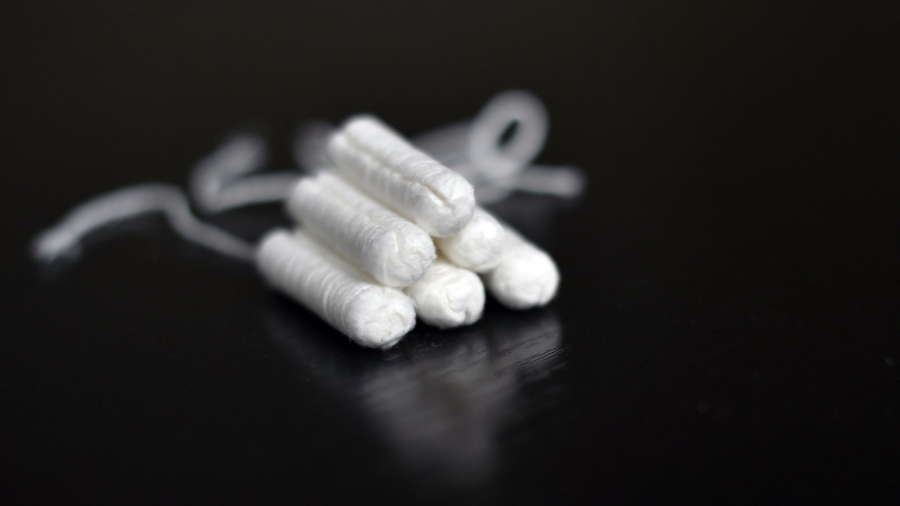A new large-scale study of 14 brands of tampons found toxic metals like lead and arsenic were present in all of the products tested.
The study by Berkley Public Health looked at 16 metals and metalloids with known toxicity, and found measurable levels of 12 of them across the tampon samples. In addition to lead and arsenic, the metals found included cadmium, nickel, zinc, barium, copper, iron, strontium, and vanadium.
The concentrations of the metals varied greatly among the samples tested, with few discernable patterns. Organic tampons had lower levels of lead overall, but had higher levels of arsenic.
The mean level of lead in the tampons was 120 nanograms per gram, which is far below the European Union’s permissible limits for lead in textile fabrics. The metal found at the highest concentration in the tampons was zinc.
It was not immediately clear from the study whether the metals were present at levels that could harm women, though the authors stated that there is no level of exposure to lead that can be considered safe.
“Although toxic metals are ubiquitous and we are exposed to low levels at any given time, our study clearly shows that metals are also present in menstrual products, and that women might be at higher risk for exposure using these products,” said Kathrin Schilling, the study’s co-author and an assistant professor at Columbia University’s Mailman School of Public Health.
Exposure to toxic metals has been shown to lead to an increased risk of dementia, infertility, diabetes, and cancer. Damage to the liver, kidneys, and brain can occur, as well as damage to the cardiovascular (heart) and nervous (brain and nerves) systems.
Exposure to metals and metalloids can also harm fetal development, as some heavy metals can accumulate in the mother’s body.
The scientists did not study the absorption levels of the metals, though this factor may be a component of future studies.
According to the authors, the presence of toxic metals in tampons has never been examined in a large-scale research study before.
Absorption Potential
The scientists write that the presence of heavy metals and metalloids in feminine hygiene products is of particular concern for two reasons. Firstly, an estimated 52 to 80 percent of women in the United States who menstruate use tampons, in comparison to 43 to 46 percent in France and Spain. More worryingly, however, the epithelial lining of the vagina is significantly more absorbent of toxins than the skin on other areas of the body.
“Despite this large potential for public health concern, very little research has been done to measure chemicals in tampons,” said lead study author Jenni A. Shearston, a postdoctoral scholar at the UC Berkeley School of Public Health and UC Berkeley’s Department of Environmental Science, Policy, and Management.
“To our knowledge, this is the first paper to measure metals in tampons. Concerningly, we found concentrations of all metals we tested for, including toxic metals like arsenic and lead,” she wrote.
For women and girls who use tampons, the researchers estimated that some 7,400 may be used over a typical lifetime. The average age for females to begin menstruating was given in the study as 12, while the average age of menopause was 51.
“I really hope that manufacturers are required to test their products for metals, especially for toxic metals,” Ms. Shearston said. “It would be exciting to see the public call for this, or to ask for better labeling on tampons and other menstrual products.”
Metals could get into tampons in a number of ways, the study noted.
The cotton material could absorb metals through water, air, or soil while growing if a contaminant source was nearby. Some metals could be added through manufacturing processes in the form of pigments, whiteners, or other processing chemicals.
The authors report that it remains unclear whether the metals detected are producing negative health effects for women who use tampons. Future research will be needed to determine whether the metals, metalloids, and other harmful substances in tampons can leach out and be absorbed into the body, and whether their use correlates to health problems in women.

